Variation analysis continues to be increasingly important as process technology moves to more advanced nodes. It comes as no surprise that tool development in this area has been vigorous and aggressive. New higher reliability IC applications, larger memory sizes and much higher production volumes require sophisticated yield… Read More
What does a Deep Learning Chip Look Like
There’s been a lot of discussion of late about deep learning technology and its impact on many markets and products. A lot of the technology under discussion is basically hardware implementations of neural networks, a concept that’s been around for a while.
What’s new is the compute power that advanced semiconductor technology… Read More
Why It’s A Good Idea to Embed PVT Monitoring IP in SoCs
At Intel back in the late 1970’s we wanted to know what process corner each DRAM chip and wafer was trending at so we included a handful of test transistors in the scribe lines between the active die. Having test transistors meant that we could do a quick electrical test at wafer probe time to measure the P and N channel transistor… Read More
High Performance Ecosystem for 14nm-FinFET ASICs with 2.5D Integrated HBM2 Memory
High Bandwidth Memory (HBM) systems have been successfully used for some time now in the network switching and high-performance computing (HPC) spaces. Now, adding fuel to the HBM fire, there is another market that shares similar system requirements as HPC and that is Artificial Intelligence (AI), especially AI systems doing… Read More
Open Silicon Year in Review 2017
If you are interested in what types of chips we will see in the coming years always ask an ASIC provider because they know. Companies of all sizes (small-medium-large) use ASIC companies to get their chips out in the least amount of time and at a minimum cost because that is what ASIC companies do.
IP is an important ingredient to the … Read More
IEDM 2017 – Controlling Threshold Voltage with Work Function Metals
As I have said many times, IEDM is one of the premier conferences for semiconductor technology. On Sunday before the formal conference started I took the “Boosting Performance, Ensuring Reliability, Managing Variation in sub-5nm CMOS” short course. The second module in the course was “Multi-Vt Engineering… Read More
Thermal Modeling for ADAS goes MultiPhysics
In electronic system design, we have grown comfortable with the idea that different regimes of analysis, such as the chip, the package and the system, or electrical, thermal and stress are more or less independent – what starts in one regime stays in that regime, give or take some margin information passed onto other regimes. And… Read More
FinFET ASICs for Networking, Data Center, AI and 5G
On the heels of successful seminars in Tokyo and Shanghai, eSilicon is starting the new year back in the cloud with a webinar version of the live events for those, like myself, who could not attend. The webinar will compress the 3 hour live event into 60 minutes which will provide a great place to start a conversation on your next chip… Read More
IEDM 2017 – imec Charting the Future of Logic
At the IEDM 2017, imec held an imec technology forum and presented several papers, I also had the opportunity to interview Anda Mocuta director of technology solutions and enablement. In this article I will summarize the keys points of what I learned about the future of logic. I will follow this up with a later article covering memory.… Read More
IEDM 2017 – Intel Versus GLOBALFOUNDRIES at the Leading Edge
As I have discussed in previous blogs, IEDM is one of the premier conferences to learn about the latest developments in semiconductor technology. … Read More



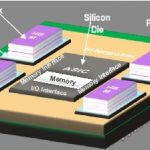
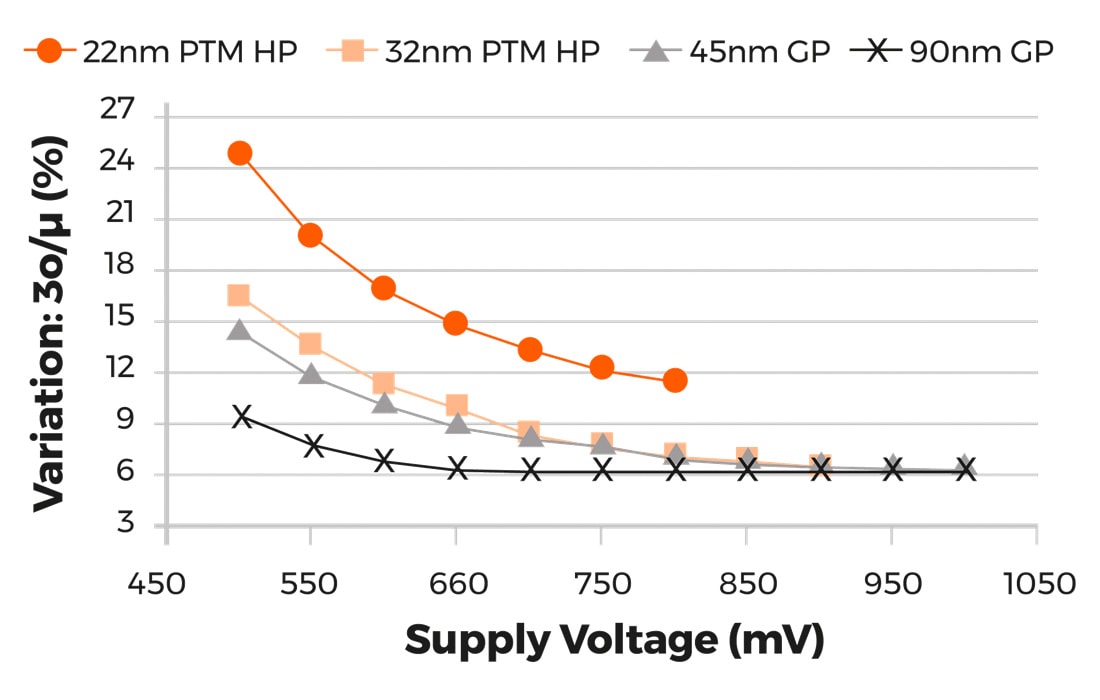
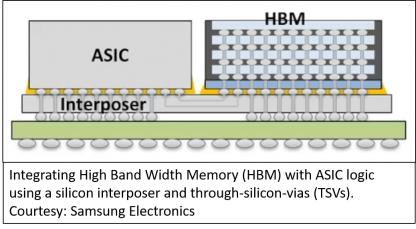

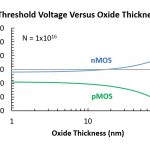
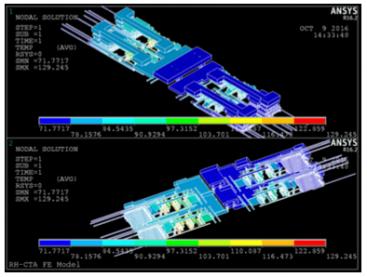
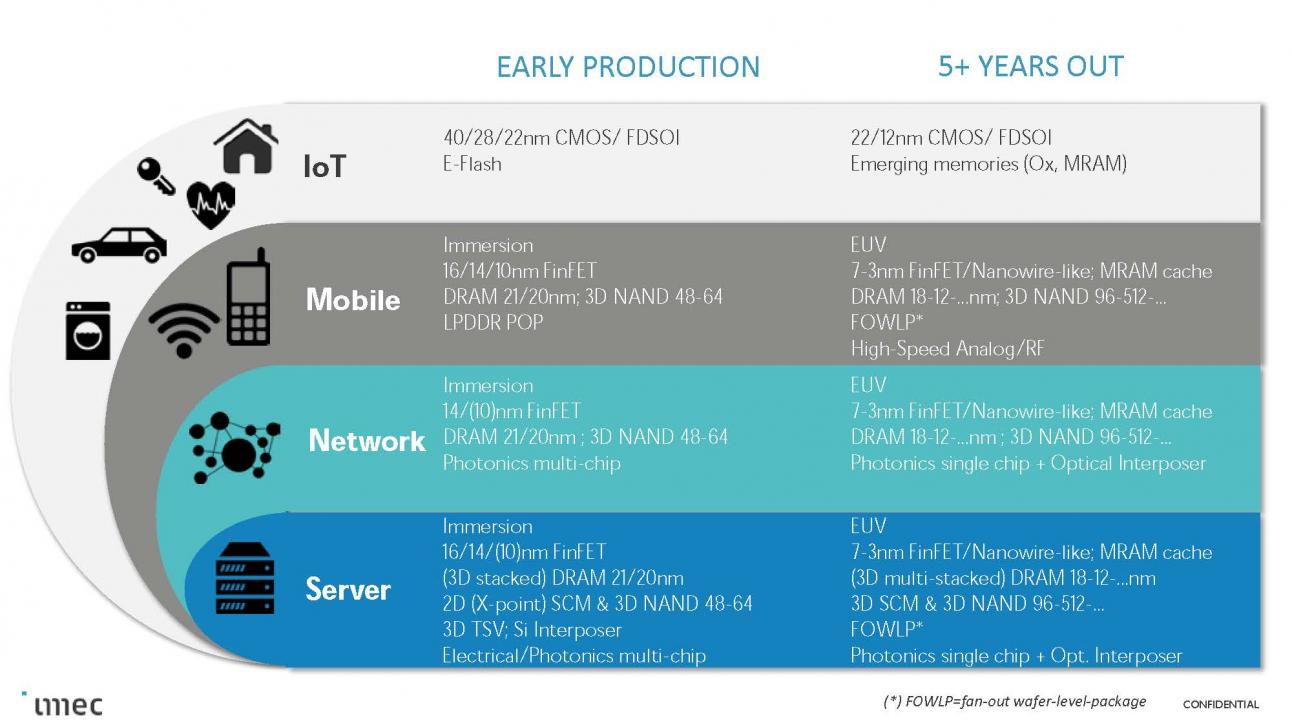
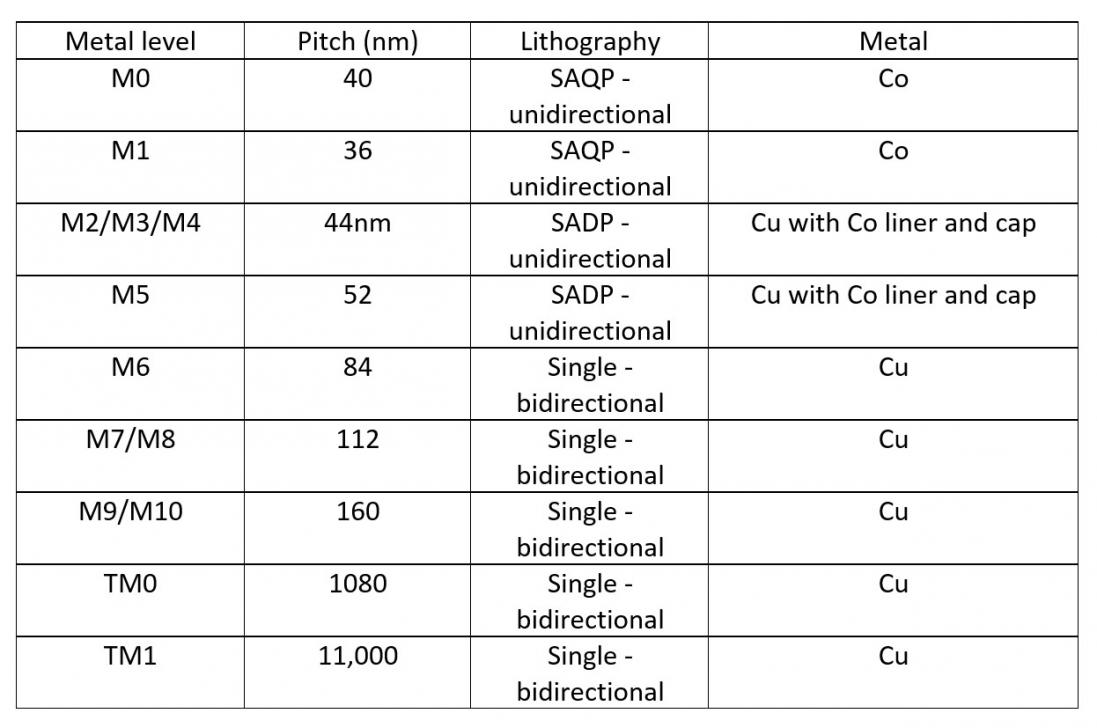
The Quantum Threat: Why Industrial Control Systems Must Be Ready and How PQShield Is Leading the Defense